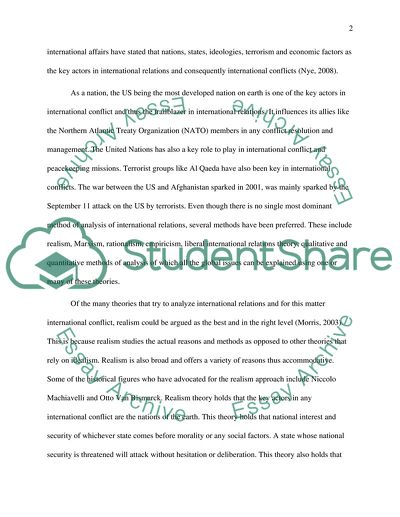Cite this document
(Methods And Theories Of The Studying Of International Conflicts Term Paper, n.d.)
Methods And Theories Of The Studying Of International Conflicts Term Paper. Retrieved from https://studentshare.org/politics/1751694-theories-of-international-affairs
Methods And Theories Of The Studying Of International Conflicts Term Paper. Retrieved from https://studentshare.org/politics/1751694-theories-of-international-affairs
(Methods And Theories Of The Studying Of International Conflicts Term Paper)
Methods And Theories Of The Studying Of International Conflicts Term Paper. https://studentshare.org/politics/1751694-theories-of-international-affairs.
Methods And Theories Of The Studying Of International Conflicts Term Paper. https://studentshare.org/politics/1751694-theories-of-international-affairs.
“Methods And Theories Of The Studying Of International Conflicts Term Paper”, n.d. https://studentshare.org/politics/1751694-theories-of-international-affairs.


